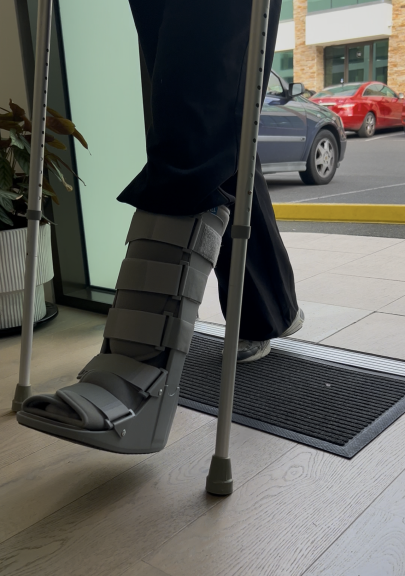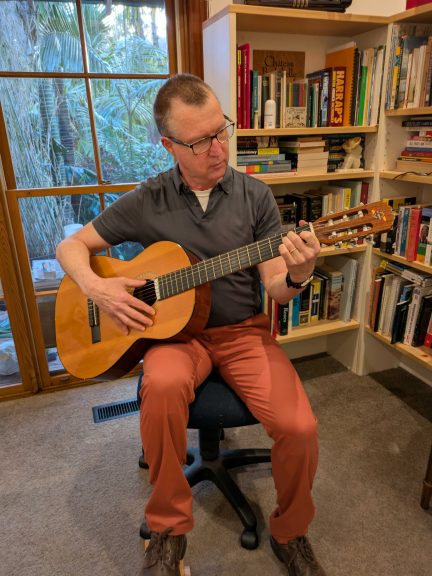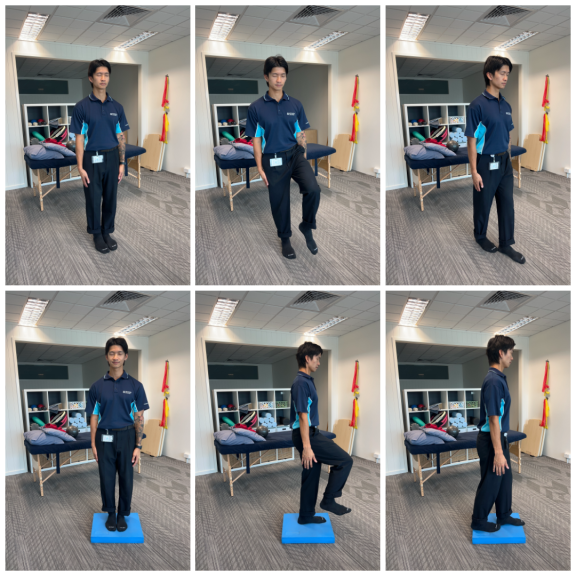A well-functioning thoracic spine can accelerate your running and promote pain-free living.
The thoracic spine is the mid-back between the neck and the waist (lumbar-region). The ribcage attaches to it. This special part of our spine gets less attention in science journals than other spine areas. It an important source of local or referred pain for spine, hip and shoulder problems. This is due to its unique nerve supply and mechanics as a junction between the upper and lower body.

“If you have unresolved issues of other areas of the body, your thoracic back is the link to examine."
As an important mechanical lever of the body, taking 47% of body weight (1), the curve of the thoracic spine impacts on shoulder girdle movements (2-3) and the lower limbs. For example, walking and running rely on thoracic rotation to store and generate momentum. In turn, the thoracic spine is very stable alongside its partner, the ribcage, affording protection to vital organs. Consequently, it is less mobile than the neck or low back.
“Back, hip, flank, neck and even arm pain may have their source from the mid-back."
Motion of the shoulders relies on rotation and side bending in the thoracic spine (2-3). If this part of the spine loses the little flexibility it has, more load is placed on the shoulder joint, girdle and rotator cuff. The compressive forces from a lack of spine flexibility can set up problems elsewhere in these other tissues.

“The thoracic back has the unique quality of an energy-storing spring and a counterbalance.”
Walking and running uses to-and-fro arm swing and shoulder motion, whilst simultaneously the thoracic spine winds up and down via twisting motions. This enables balance and, like a spring, enables energy transmission to the arm swing to propel the body forwards. In fact, to increase speed when running, you need to increase your thoracic twisting motion (4). You can compensate for this via the hips or overarching the lumbar back, but for how long?
The nerve supply of one thoracic vertebral segment is also known to include several levels, meaning a mixed nerve supply. A problem in one area can refer to many seemingly unrelated regions of the arms, buttocks and legs. Occasionally, when counterfeit symptoms resembling organ pain are from thoracic joints, physiotherapists will judiciously examine for key features of musculoskeletal involvement, being pain on movement, tenderness and tightness of musculoskeletal structures (5). If these musculoskeletal features are absent, then the case requires further consultation from a medical practitioner.
References
1. White, A. A. 1969. Acta Orthopaedica Scandinavica Suppl: 127, 8-92.
2. Tsang, S. M. H., Szeto, G. P. Y. & Lee, R. Y. W. 2013. Manual Ther: 18, 431-437.
3. Crosbie, J., Kilbreath, S. L., Hollman, L. & York, S. 2008. Clin Biomech: 23, 184-192.
4. Tojima, M., Osada, A. & Torii, S. 2019. J. Phys. Ther. Sci.: 31, 661-665.
5. Harding, G. & Yelland, M. 2007. Aust Fam Physician: 36(6), 422-3, 425, 427-429.
1. White, A. A. 1969. Acta Orthopaedica Scandinavica Suppl: 127, 8-92.
2. Tsang, S. M. H., Szeto, G. P. Y. & Lee, R. Y. W. 2013. Manual Ther: 18, 431-437.
3. Crosbie, J., Kilbreath, S. L., Hollman, L. & York, S. 2008. Clin Biomech: 23, 184-192.
4. Tojima, M., Osada, A. & Torii, S. 2019. J. Phys. Ther. Sci.: 31, 661-665.
5. Harding, G. & Yelland, M. 2007. Aust Fam Physician: 36(6), 422-3, 425, 427-429.













